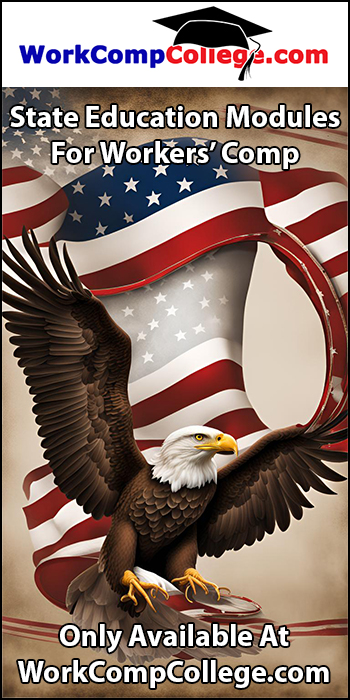
As I mentioned in Part 1, I was on a medical malpractice jury in June 2024. There were several things that I learned through that process that I think work comp stakeholders should consider on each individual claim.
People put into unfamiliar circumstances are reliant on experts. Many of the medical terms used throughout the trial were foreign to everyone on the jury. Since we could not do any research outside of the courtroom, we were reliant on expert witnesses, the attorneys and the presiding judge to ensure we knew enough for it to be useful. Most injured workers are not work comp experts. While they are not prohibited from doing their own research, they are still very reliant on experts to educate them on terms, benefit and treatment options, and the general process. This is not a role that any stakeholder should take lightly because the possibility of positive outcomes diminishes in the absence of trustworthy and understandable information.
Differing opinions from experts complicate choices. The details of the case were very important to understand, from macro to micro, so there were many medically oriented expert witnesses. Often, though, the expert for the defense had a different opinion than that of the plaintiff’s expert. Who to trust came down to their education and experience, but as importantly how their information fit into the big picture. Injured workers may receive a variety of opinions that can seem contradictory. When providing that expert advice, it will come down to whether you have credibility from your background AND your communication style. The goal is to educate, not convince, so the injured worker can make the best choice for their circumstances.
None of the key stakeholders chose their role. Neither the family nor doctors chose the circumstances that led to the reason for the trial. None of us on the jury chose to be there – we were selected for jury duty and then for the jury itself. The attorneys, judge, and bailiffs chose to be there as part of their profession, but the ones with the most at stake did not. Unless there is fraud involved, neither the injured worker and their family nor their employer and coworkers wanted an occupational injury or illness to occur. They were in the wrong place at the right time. The lack of choice meant they were not prepared for what happened nor what that meant for their future. Keep that in mind when they are confused, angry, or anxious.
Collaboration through relationship will ensure the right decision. After the initial vote showed an even split of Guilty v. Not Guilty, it was obvious that reaching a unanimous decision was going to take an open mind, critical thinking, and transparent dialogue. Nobody on the jury knew each other before the voir dire, and because we were not allowed to discuss the case during the trial, we talked very superficially before deliberation. The initial trip around the table to discuss the first vote (and counterclockwise later to give everyone a chance at stating the discussion) was designed to build a relationship. It was a complicated case that we needed to hash out together, and that could not be done by strangers. The entire team of stakeholders responsible for returning an injured worker back to health and work must be just that … a collaborative team. While the claims adjuster is the “foreperson” leader, everyone should work together for the common goal of helping that injured worker back to normality.
Don’t underestimate the importance of communication. Whether it was the attorneys explaining the nuances of medical treatment or the judge outlining how the law applied, clear communication was key to the jury so we knew in that closed room how to proceed. None of us had any expertise on the subject matter and all we could consider was the evidence and our handwritten notes, so it was incumbent on the other stakeholders to be as clear as possible. When helping an injured worker who is not an expert on the complexity of work comp, it is the expert’s responsibility – not theirs – to communicate in a manner that is understandable, concise, and actionable. Using industry-specific acronyms and polysyllabic words might serve to complicate and confuse rather than simplify and enlighten. Make it a habit to ask open-ended questions to gather information, end each soliloquy with “did you understand what I just shared” question, and take on an attitude and tone of empathy.
Facts and law trump emotions. Both sets of attorneys had emotional stories to tell, especially in their opening and closing statements. However, the judge constantly reinforced that the only thing that mattered was the facts of the case as presented during the trial and the applicable law. As empathy increasingly is a term used in communication with the injured worker, what rules the day are the facts of the case and the applicable statutes, regulations and case law. While those can be considered a “floor” (meaning there are often opportunities to exceed what is required), they must guide the actions taken by all stakeholders. The key to success is for the injured worker to fully understand their implications, which (again) is the responsibility of the work comp experts.
Every stakeholder at the trial took their role very seriously and did their best to state their case / come to a well-reasoned decision. Every work comp stakeholder should likewise recognize the stakes of each claim and be part of a team focused on fairness to the parties and compliance with the law.



